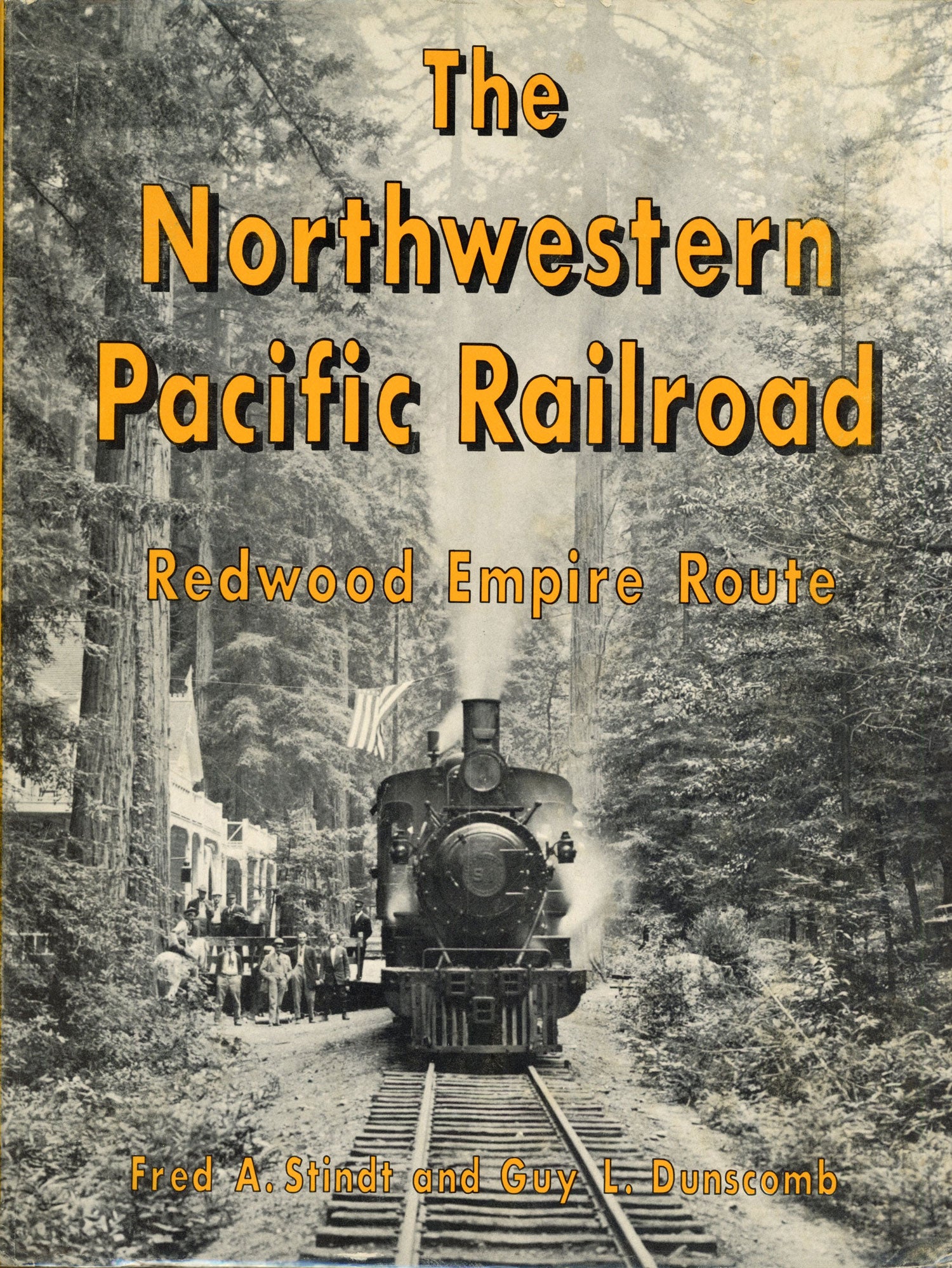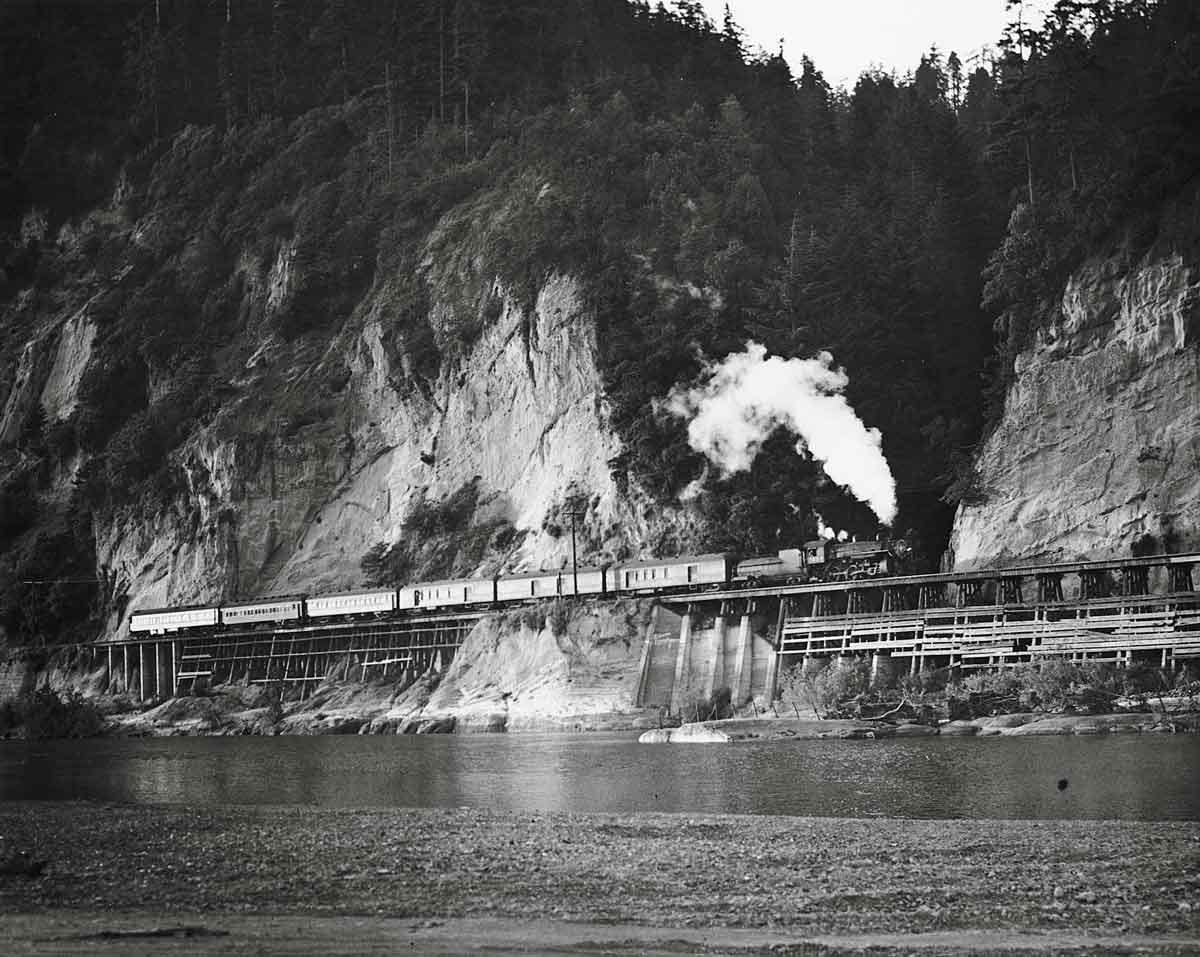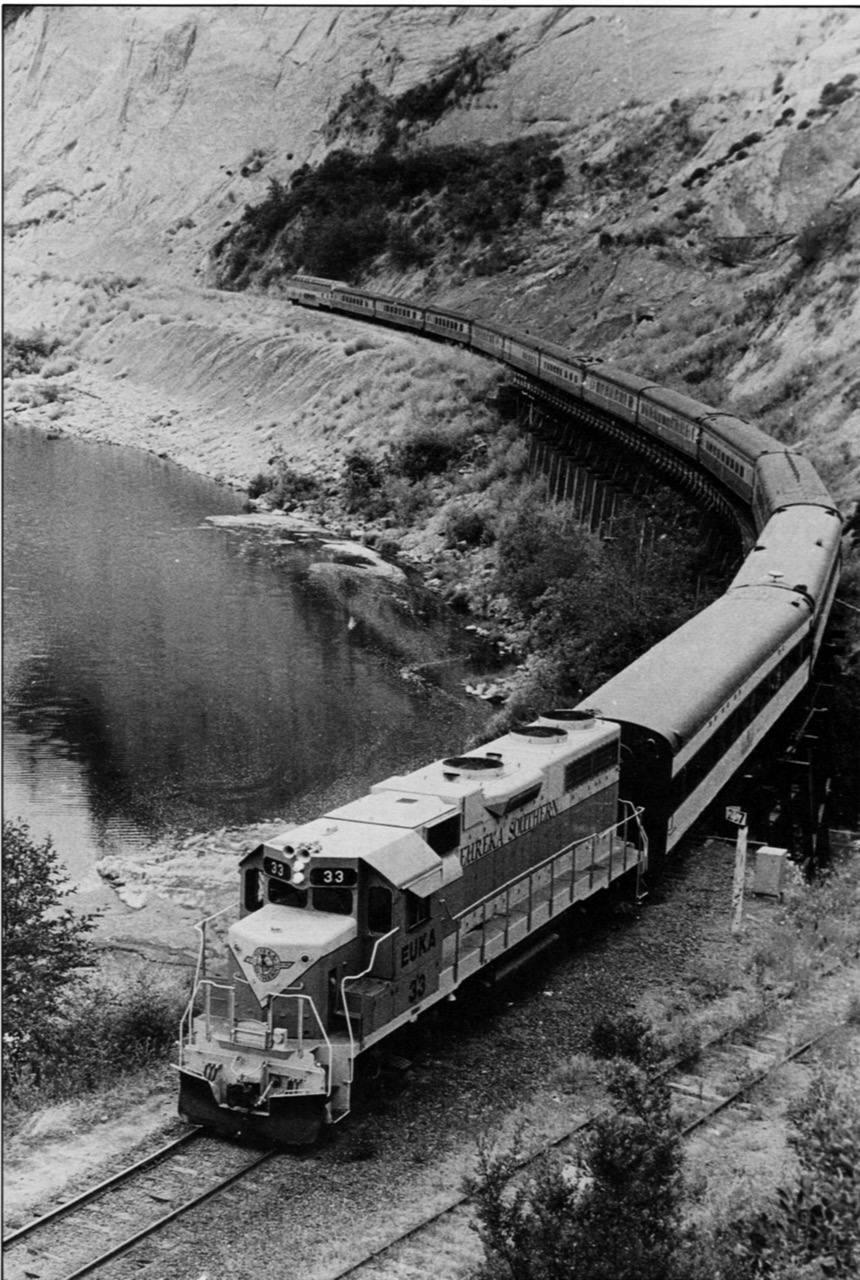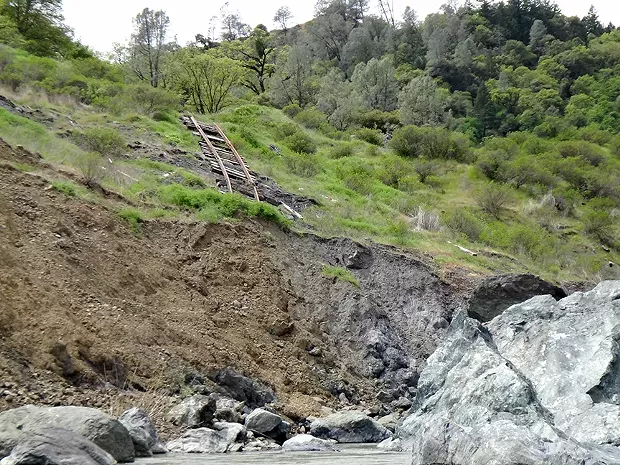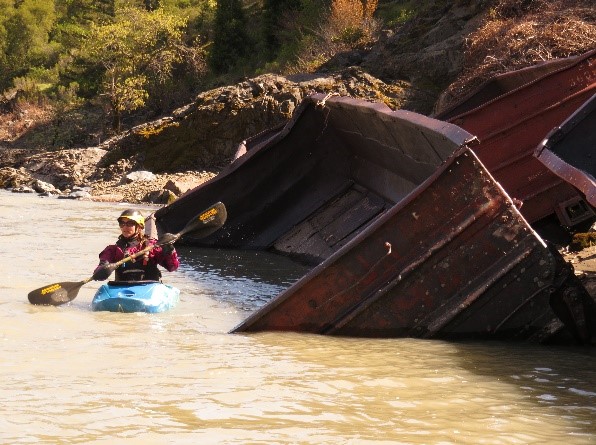California
Super Star Member
- Joined
- Jan 22, 2004
- Messages
- 14,697
- Location
- An hour north of San Francisco
- Tractor
- Yanmar YM240 Yanmar YM186D
We did. Nuff said.Wonder why taxpayer confiscated funds were distributed to a clown like that with no oversight? You would think we could do a basic accounting of where the funds were spent?
Subsequently ... the RW will likely become part of the State Parks system.
Wikipedia:
Financial disarray and legal troubles beginning before the turn of the millennium[22] have caused the North Coast Rail Authority to fall out of favor with state officials and the public,[23] who have moved to replace the length of the former railroad with pedestrian trails.[24] California's 2018 Great Redwood Trail Act includes detailed plans for investigating and resolving the Authority's debts, dissolving the NCRA, and converting its rights-of-way to rail-trail.
